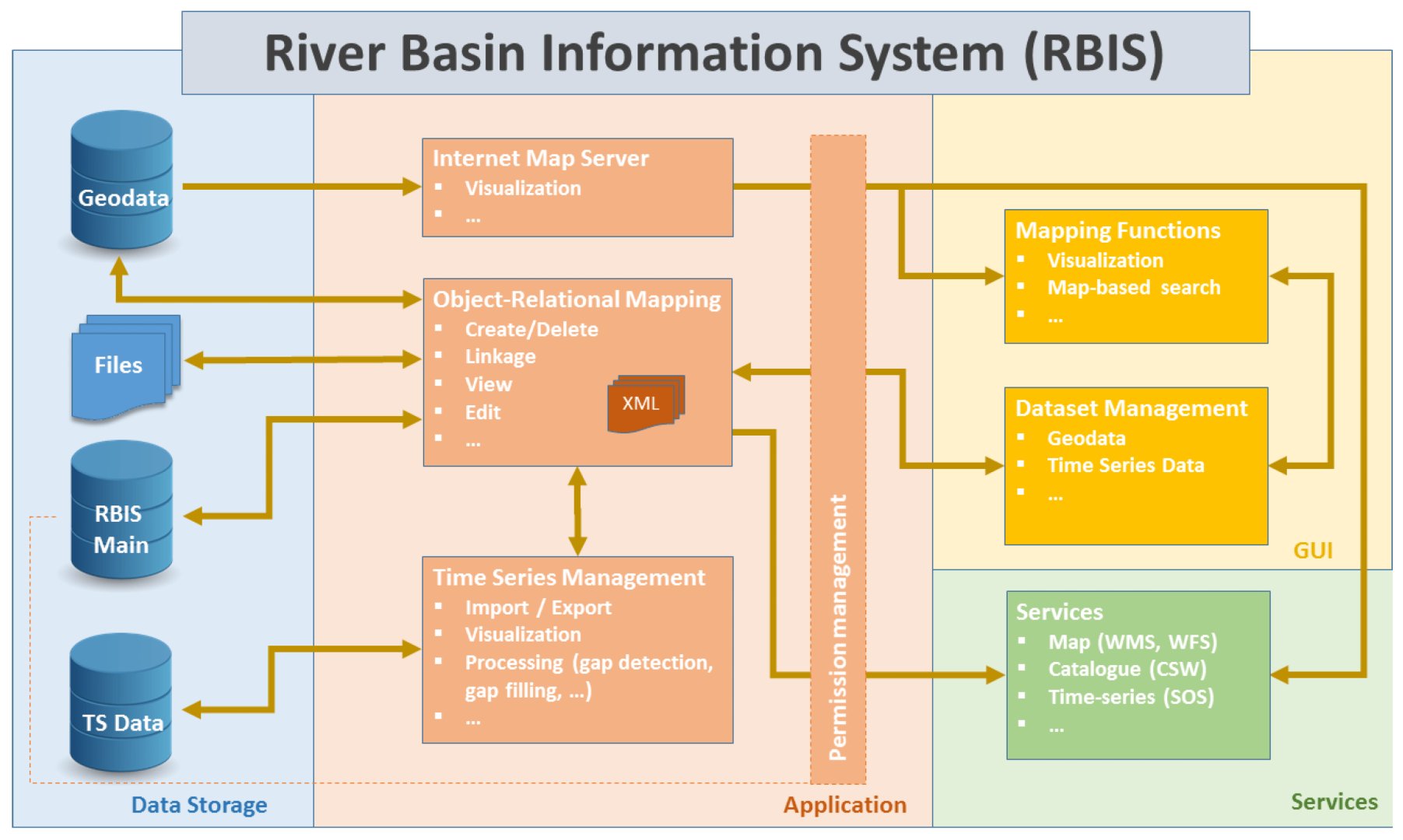Hindeke Basin Information Management System (BIS) is a comprehensive tool or framework designed to collect, manage, analyze, and disseminate information related to river basins or watersheds. It plays a crucial role in water resources management, environmental conservation, and sustainable development. The system integrates various data sources, technologies, and analytical tools to provide stakeholders with a holistic view of the basin’s characteristics, dynamics, and trends.
Here are key components and features typically found in a Basin Information System:


